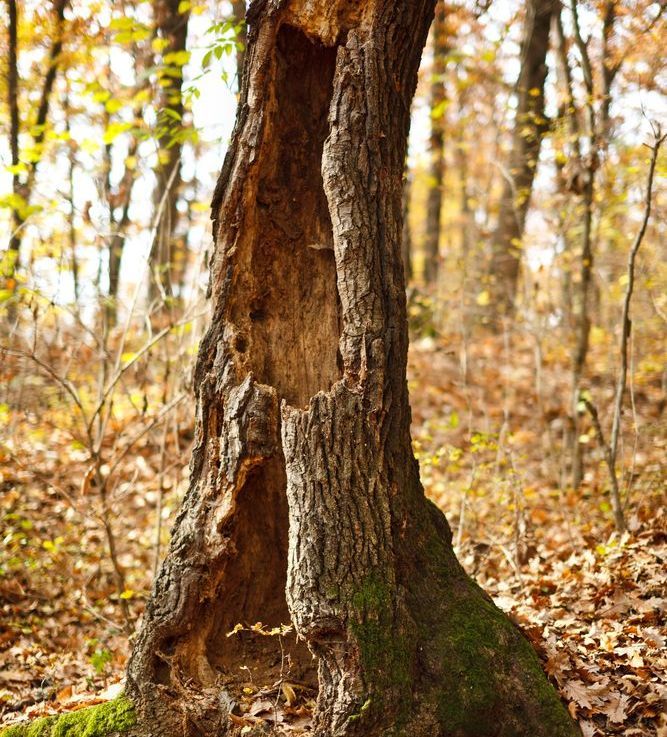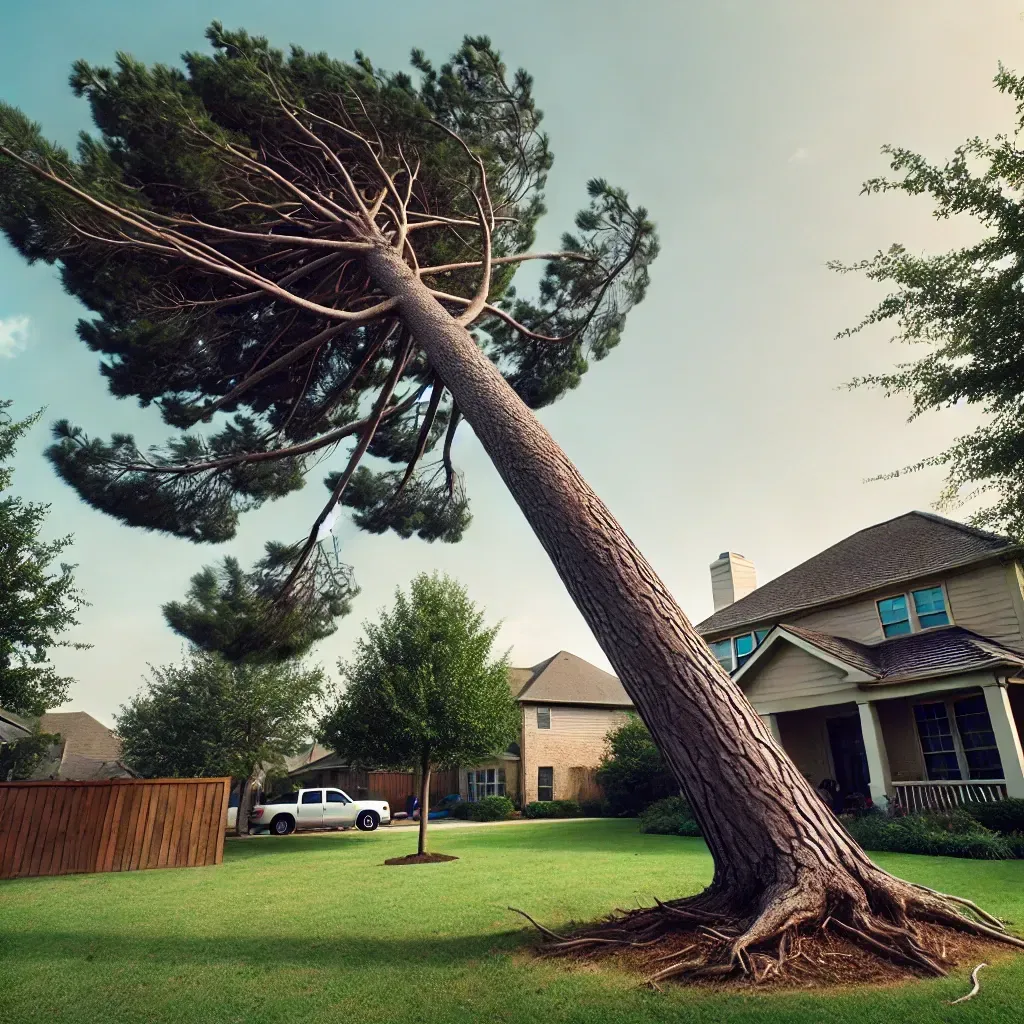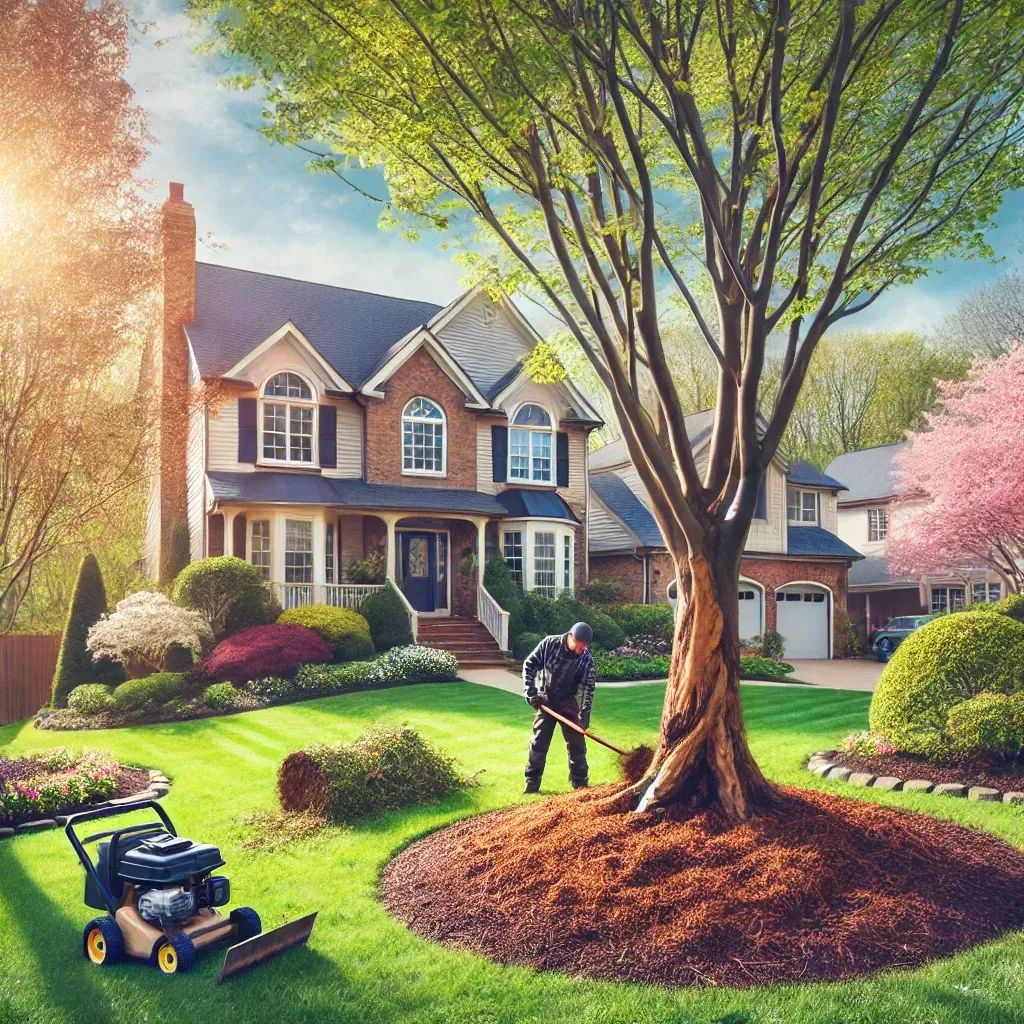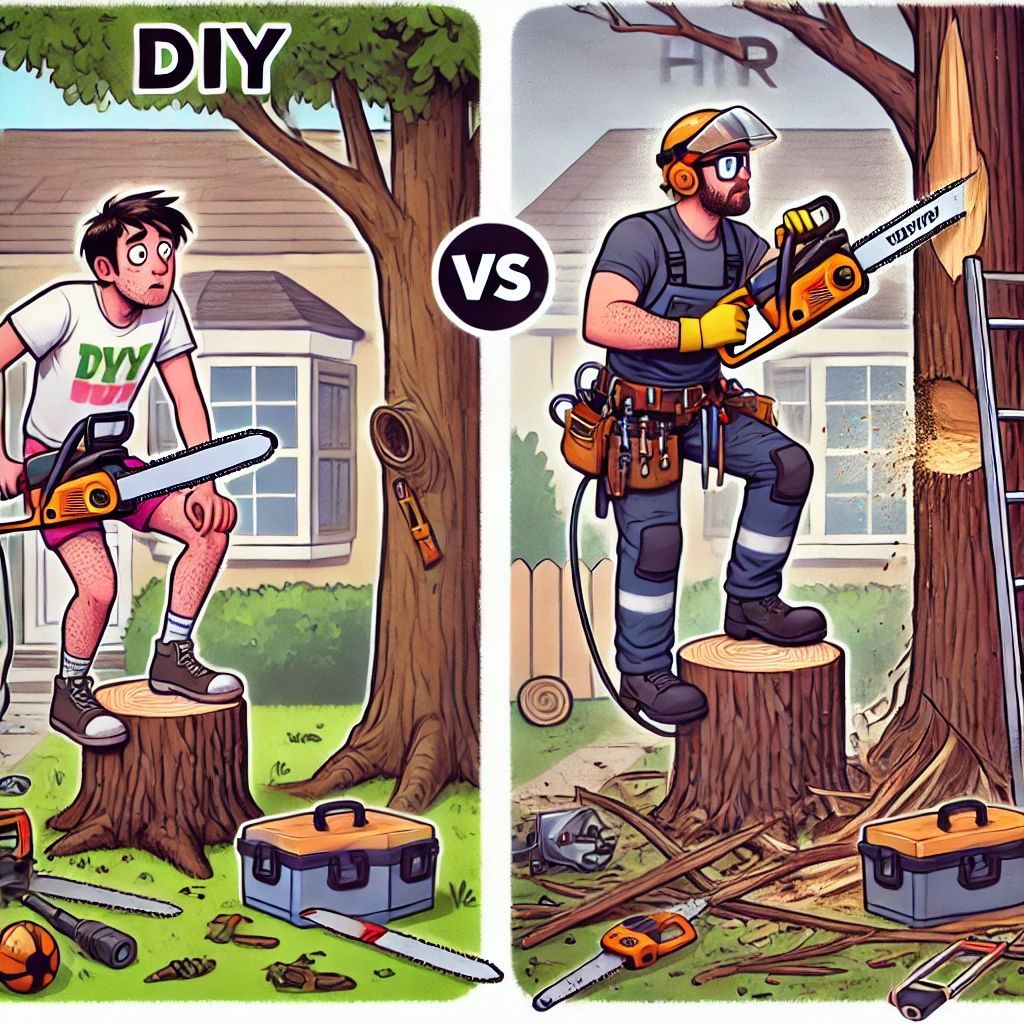CALL US OR TEXT US 443 831 1280
Is It Time to Remove That Tree? 5 Signs to Watch For


"Is It Time to Remove That Tree? 5 Signs You Need Tree Removal
Trees add beauty and value to any property, but sometimes they can become a liability. Recently, a homeowner in Towson, MD, reached out to us, concerned about whether it was time to remove a tree in their yard. They weren’t sure what signs to look for, and that inspired us to create this guide. In this post, we’ll cover five clear signs that indicate when it's time to call a professional tree removal service, helping you keep your property safe and beautiful..
1. Visible Dead or Dying Branches

One of the most apparent signs that a tree may need to be removed is the presence of dead or dying branches. These branches are not just unsightly; they can pose a significant safety hazard. Over time, dead branches lose their structural integrity, making them prone to falling without warning.
If you notice that more than half of your tree’s branches are dead or dying, it’s a strong indication that the tree is in serious decline. At this point, the chances of the tree recovering are slim, and removal is often the best option. A tree with significant deadwood can become brittle, increasing the risk of branches breaking off during storms or high winds, which could lead to injury or property damage.
- Dead branches can fall unexpectedly, causing injury or property damage.
- If more than half of the tree is dead, the chances of recovery are low.
- Trees with significant deadwood are more brittle and prone to breaking during storms.
2. Hollow Trunk or Visible Decay

A tree’s trunk is its core support system. When that support system is compromised, the entire tree is at risk of failure. Hollow trunks or visible decay can be a sign of significant internal damage. Unfortunately, internal decay isn't always obvious from the outside, but there are some telltale signs to look out for.
If you see cracks in the bark, large cavities, or fungi growing at the base of the tree, it’s a sign that decay is setting in. Mushrooms and other fungi thrive on decomposing wood, indicating that the tree’s internal structure may be compromised. While a hollow tree might still stand for years, it’s far more likely to fall suddenly, especially in adverse weather conditions. If you spot any of these signs, it's time to call a tree removal service for an assessment.
- Cracks in the bark can indicate internal decay.
- Large cavities weaken the tree's foundation.
- Fungi, such as mushrooms growing at the base, signal decomposition within the tree.
- Hollow trees are more likely to fall suddenly
3. Tree is Leaning

4. Damaged Tree Roots
Trees naturally grow upright, with their weight evenly distributed. However, when a tree starts to lean, it could be a sign of root or structural problems. A tree that has gradually leaned over time might still be stable, but a tree that suddenly starts leaning after a storm or high winds is a cause for concern.
A leaning tree poses a significant risk of falling, especially if it leans more than 15 degrees from vertical. This is often due to weakened roots or a compromised foundation. In some cases, the lean can be corrected with cabling or bracing, but if the tree’s stability is severely compromised, removal is the safest option. Don't wait until the tree falls—contact a tree removal service to evaluate the situation. Consider
crane tree removal
service if you have a large tree.
- Trees leaning more than 15 degrees from vertical are at high risk of falling.
- A sudden lean may indicate weakened roots or soil instability.
- Leaning trees are especially dangerous in stormy conditions.

Roots are the unseen heroes of tree stability. When roots are damaged, the tree's entire support system is at risk. Unfortunately, root damage isn't always easy to detect because it's often hidden underground. However, there are some visible signs that can indicate root issues.
If you notice upturned soil at the base of the tree, visible roots that appear damaged or broken, or fungi growing near the roots, it could indicate that the tree's root system is compromised. Construction, landscaping, or heavy equipment passing over roots can also damage them. When roots are damaged, the tree may no longer be able to support its weight, making it vulnerable to falling. A professional tree removal service can assess the extent of the damage and recommend the best course of action.
- Upturned soil at the tree's base could indicate root damage.
- Visible roots that appear broken or damaged are a red flag.
- Fungi near the roots may suggest root rot or other issues.
- Construction or heavy equipment can inadvertently damage roots, leading to instability.
Close Proximity to Homes or Power Lines

Even healthy trees can pose a threat if they’re growing too close to structures or power lines. Trees that are too close to your home, garage, or other buildings can cause significant damage if they fall. Additionally, tree roots can extend into foundations, causing cracks and instability over time.
Trees that are near power lines pose a different kind of risk. If branches come into contact with power lines, they can cause power outages or even fires. In some cases, power companies will handle tree removal if the tree is too close to power lines, but it’s still a good idea to consult a tree removal service to ensure that the job is done safely.
- Trees growing too close to homes can damage foundations and roofs.
- Branches near power lines can cause outages or fires.
- Roots too close to foundations can cause cracks and structural issues.
Conclusion
Knowing when to remove a tree is essential for maintaining a safe and beautiful property. Whether it’s due to dead branches, internal decay, a sudden lean, root damage, or proximity to structures and power lines, these signs should not be ignored. Regular tree inspections and timely removal can prevent accidents, property damage, and even injury.
If you've noticed any of these warning signs, it's time to call a professional tree removal service. Their expertise can help you assess the situation and determine the best course of action to protect your home and loved ones.

Our service Hours
Monday 07:00AM-07:00PM
Tuesday 07:00AM-07:00PM
Wednesday 07:00AM-07:00PM
Thursday 07:00AM-07:00PM
Friday 07:00AM-07:00PM
Saturday 07:00AM-07:00PM
Sunday 07:00AM-06:00PM
Contact us
Le responderemos tan pronto como sea posible.
Inténtelo de nuevo más tarde.
All Rights Reserved | Website Design by RJ Maven







